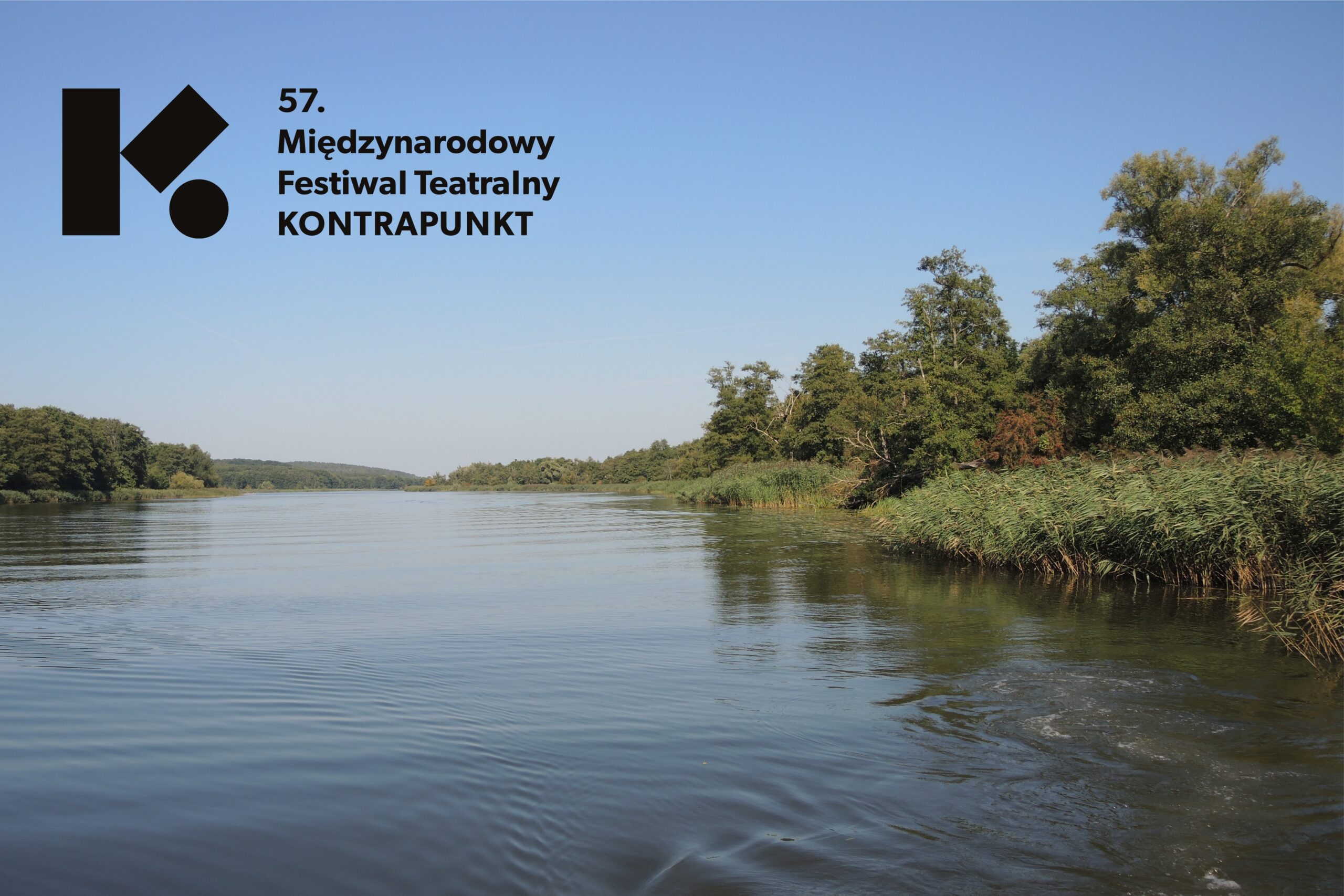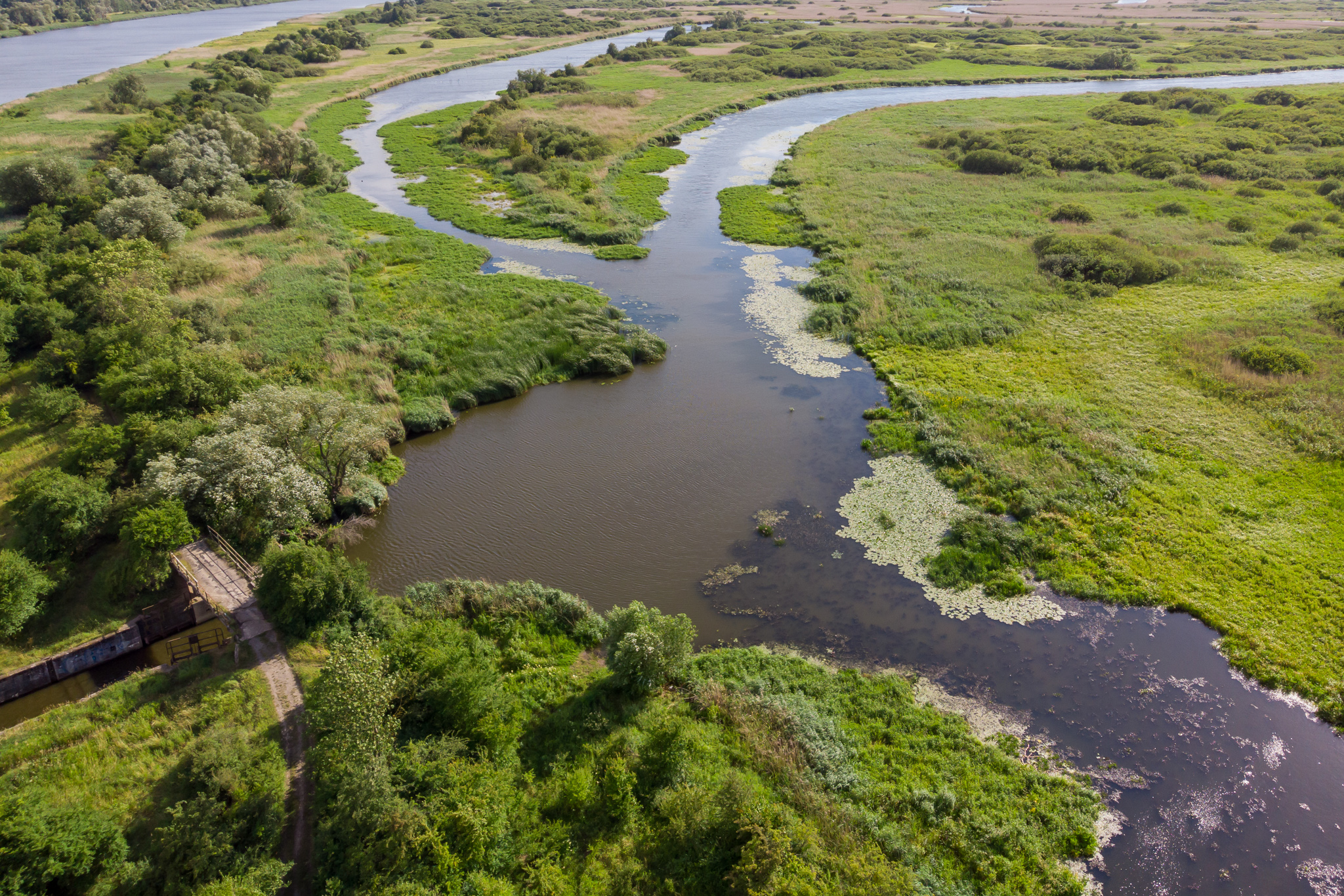
Serdecznie zapraszamy wszystkich zainteresowanych do uczestnictwa w ostatnim w semestrze letnim 2022/2023 spotkaniu naukowym z cyklu Szczecin Marginal Seas Webinars. Prezentację pod tytułem „Anatomy and stratigraphic evolution of a shelf bypass valley system, Hottentots Bay, Namibia” przedstawi Prof. Dr. Andrew Green (Geological Sciences, University of KwaZulu-Natal, Durban).
Wykład odbędzie się 15 czerwca 2023 roku o godzinie 14:00 w formie online za pośrednictwem platformy MS Teams (link do uczestnictwa, ID spotkania: 319 440 103 585, kod: x2kzPK).
Abstrakt wystąpienia:
„The conditions required for incised valleys to form relate to three main variables. The first is associated with a decline in base level or sea level, whereby the palaeo-shelf is exposed to subaerial processes of erosion. If the palaeo-shelf gradient is considerably steeper than the adjacent palaeo-alluvial plain, valley incision will commence. This invariably relates to the crossing of a topographic threshold, where a knickpoint is formed and upslope erosion of the valley can begin. Valley incision will not take place if the shoreline trajectories migrate over palaeo-surfaces where the gradient is lower or equivalent to that of the palaeo-alluvial plain and no knick-point is present. In such instances, lowstand alluvial systems will develop, however, most of the fluvial sediment load bypasses the shelf and non-incised bypass systems will form. In these systems the relationships between incision, available accommodation, and infilling that mark simple (single-incision) or complex (multi-incision) systems preclude the development of typical tripartite facies models of incised valley fill. Unlike traditional incised valleys, that can extend from submarine canyon heads to highstand shorelines, these systems are typically confined to the inner-shelf as the decline in sea level does not reach the shelf edge resulting in re-incision.
This paper investigates a valley preserved on the wide and deep Namibian shelf and examines its stratigraphic architecture and evolution in high spatial resolution. The remarkable depth of the shelf break (~ 500 m) and its width (> 200 km) mean that the sea level falls of the Pleistocene did not intersect the shelf break, and instead, bypassing conditions have prevailed over multiple highstand and lowstand periods. The result is an unusually wide series of shallowly incised channels with a very thin fill, the age of which spans upwards of 65 Ma. The gravel-like nature of the fill relates to strong winnowing of the early valley fill material, coupled to a non-depositing regime due to the bypass system developed”.











